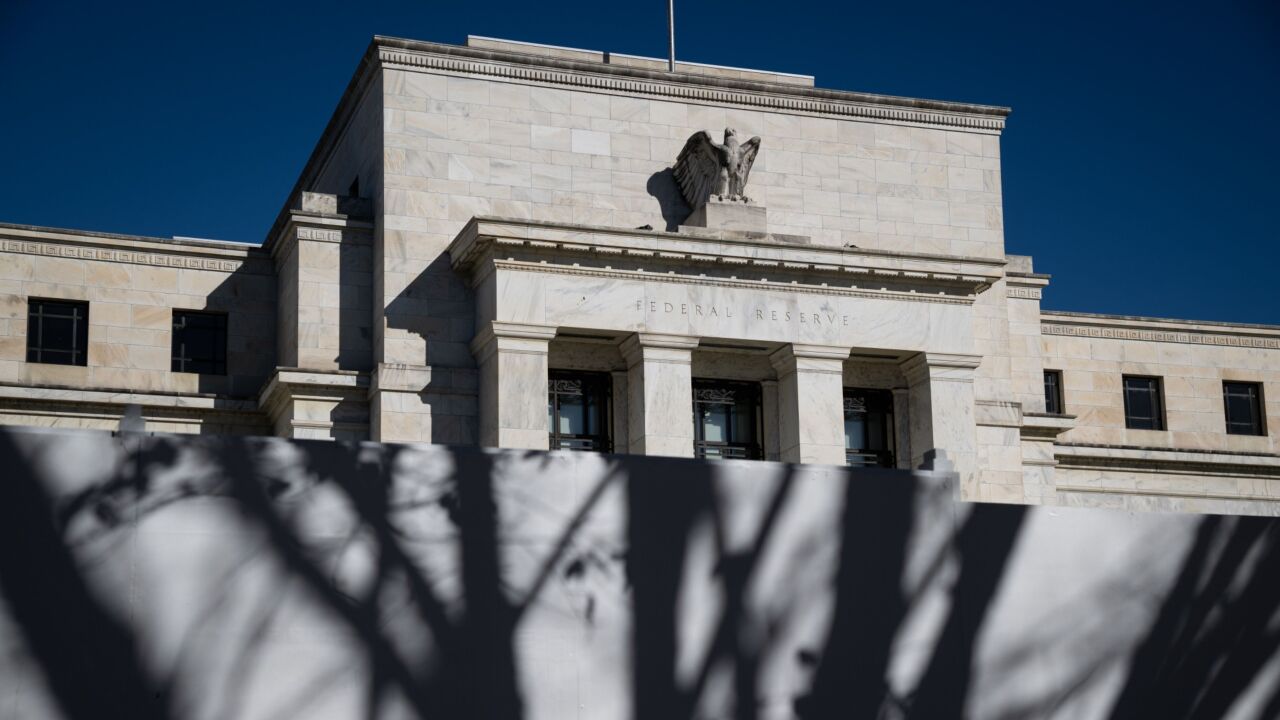The look-alike branch-banking industry largely avoided the tough issue of competitive distinctiveness while it basked in the roaring market of retail banking of a few years ago. But the issue has returned with a vengeance now that the party is over.
This year, savings and money-market-deposit balances are growing at less than half the rate seen during the abundant era between 2000 and 2004. The same fate has befallen checking accounts and home-equity lending. Worse, bankers' budget and performance goals for these pillars of retail banking are set quite high, based on better days in the past.
Clearly, players no longer will be able to achieve healthy growth by simply riding a strong market. Instead, competitors must take market share at the expense of others to meet their individual performance goals. Welcome to hand-to-hand combat.
The good news is that interest rates aren't the sole competitive weapon to take market share. While it is true that people are far more sensitive to rates these days, research shows that at least three-fourths of retail-deposit balances remain "price inelastic," meaning that consumers don't actively shop among institutions for the best rate. A "fair" price often suffices to put a bank in the running, but additional customer requirements must be met to actually win and retain the business.
Winning on the basis of non-price considerations, however, requires a level of distinctiveness that rarely is evident in retail banking today. In J.D. Power and Associates' recent retail-banking-satisfaction study of metropolitan New York City, for example, three-fourths of surveyed banks offered rates within a mere 2.5 percent of the norm, indicating little incentive for customers to switch providers.
With annual performance goals clearly at risk, major institutions have unleashed a blizzard of promotional campaigns on new accounts, offering everything from iPods and cash incentives to drawings for vacations and cars. While these promotional campaigns help meet short-term performance goals, they do not address the more fundamental issue of winning through competitive differentiation.
There are two components to distinctiveness. The foundation is a deeper level of emotional resonance with customers. Citigroup says its "Live Richly" positioning, for example, "communicates that Citi is an active partner in achieving perspective, balance and peace of mind in finances and in life for its customers." By contrast, Washington Mutual has adopted an anti-establishment tone, touting branches that are "more inviting, not institutional" and promising "more for you, less for the banker."
Strong emotional appeal will quickly lose credibility, however, unless it is backed up by a "functional" value proposition that fulfills the brand promise. Customers who buy into brand imagery expect something special from the bank, be it service, convenience, community involvement or products. Otherwise they will ask, in the words of that famous line from the Wendy's commercial: "Where's the beef?"
This leads to a subtle yet powerful point about the difference between something that is "good-but-ordinary" and something that is truly distinctive. In many types of customer-facing activities, banks often strive to perform at the average or slightly above it. But a middle-of-the pack experience doesn't sway customers, who are looking for outstanding traits that give them a tangible reason to select one provider over another.
The most successful banks pick a couple of dimensions in which to excel. ING Direct offers no branch services and has zero community resonance, but it offers some of the highest deposit interest rates. TCF Financial Corp. is at the lower end of the rate spectrum, but offers superlative convenience with its supermarket-banking network, extended hours and a forest of free automated teller machines. Wachovia Corp. offers average rates, but excels in convenience, products and service.
For banks hungering for distinctiveness, the moral is to forge an emotional connection with customers backed by a select blend of strengths. Major institutions need not become specialists, but each should be able to articulate its prime customers, special strengths in serving them, and the emotive appeal that unifies the two. This chosen blend becomes the backbone of the brand, the delivery system and the front-line culture.





